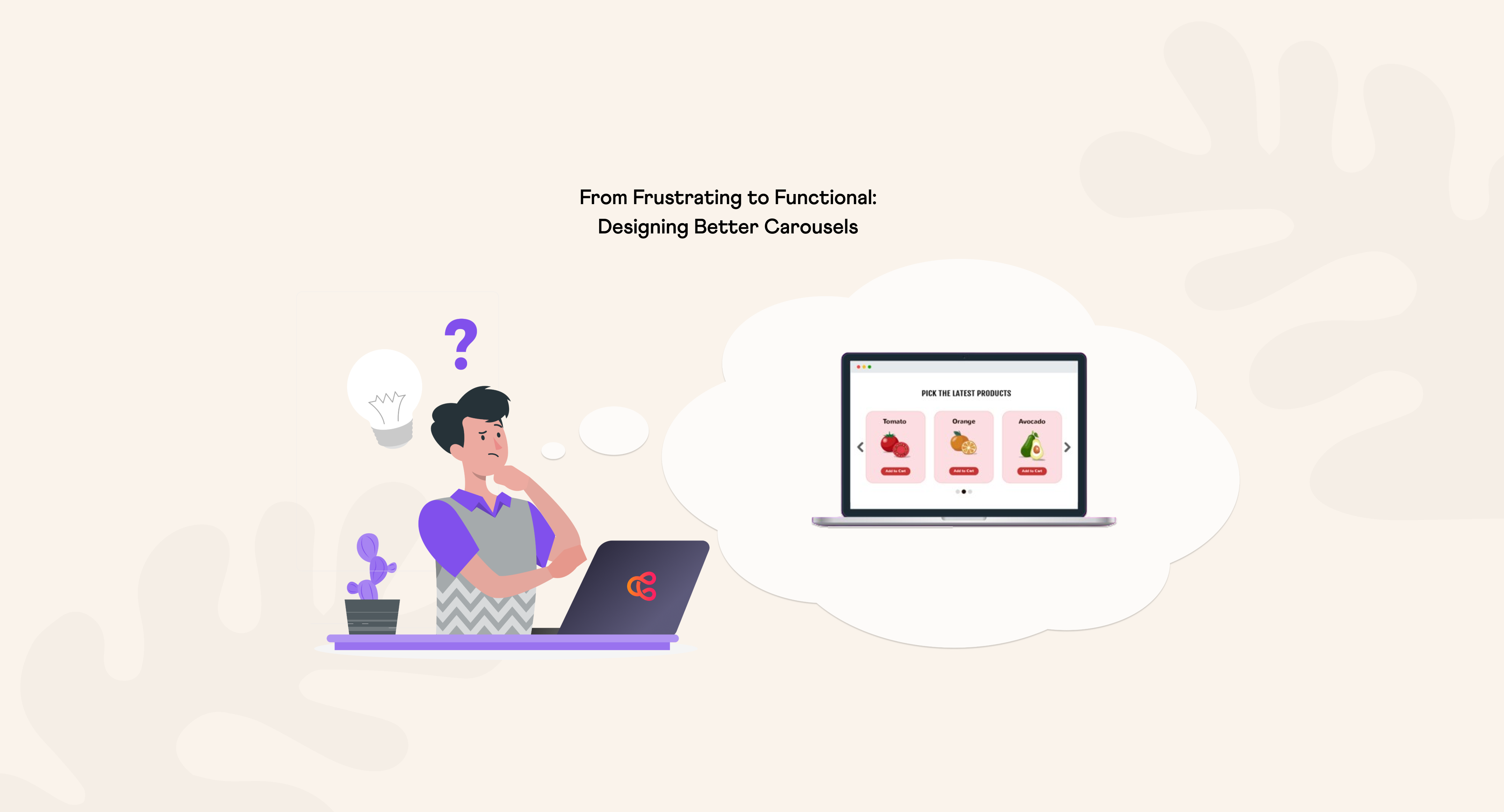Why Accessibility Matters to Us
In the first of this three-part series, we’ll discuss what accessibility means for Cantilever’s vision of Digital Hospitality, and the minimum obligations in providing accessible digital spaces.
.png)
.png)
The Hospitality of Accessibility
At Cantilever our mission is to empower our clients to “Meet The Human Moment In The Digital Space”. We do this, guided by our principles of Digital Hospitality. Accessibility is a pivotal aspect of Digital Hospitality. When websites are accessible to people with disabilities, those people are included, and when we include as many people as possible, we are making a statement that anyone can enter and join in on the experiences we offer on our sites.
The CDC says that one in four adults in the United States have some type of disability, many of which will influence their ability to use a website. Users on mobile devices, slow internet connections, or older computers will also run into a lot of problems navigating traditional websites. Digital Hospitality means considering each of these scenarios and accommodating them, ensuring that anyone who wants to convert can convert.
Imagine if a store turned away 25% of its foot traffic – it would kill its revenue. Too many businesses currently operate this way online, hurting not only their customers but themselves. Clearly, Digital Hospitality and accessibility aren’t just the right thing to do for others: they’re good business sense!
Accessibility Conformance: A Primer
It would be easy to write scary words about the legal perils of inaccessible websites, going over the lawsuits and fines and the many, many digits of dollars spent on cases and court-required remediation. But that is not the purpose of this article. We strive for accessible sites not out of a sense of legal obligation, but out of an obligation to humanity.
United States case law has pointed to the Web Content Accessibility Guidelines (WCAG) as the primary measure of a site’s accessibility. Specifically, if a site conforms to Level AA of the guidelines, an organization can be comfortable in knowing case law is on its side when it comes to the due diligence of accessibility work.
What does Level AA conformance look like? Put simply, it’s a set of about 50 criteria your site must be checked against. The criteria are varied, and cover a wide range of accommodations. For example, non-text content must have a text alternative, for the sake of screen readers. Your media must provide captions, for users who cannot hear. Your forms must have clear labels, and display helpful and instructional errors.
WCAG Level AA is a minimum: if you conform to the WCAG’s Level AA criteria, you are likely to not be sued. But at Cantilever, we asked ourselves: is that all we are satisfied with? Is a legal minimum in the spirit of Digital Hospitality?
In our next article, we’ll discuss expanding our accessibility practices beyond Level AA, and why we chose to do so.
Make your website work for you
Get top dev and accessibility tips delivered directly to your inbox for a more impactful online presence.








